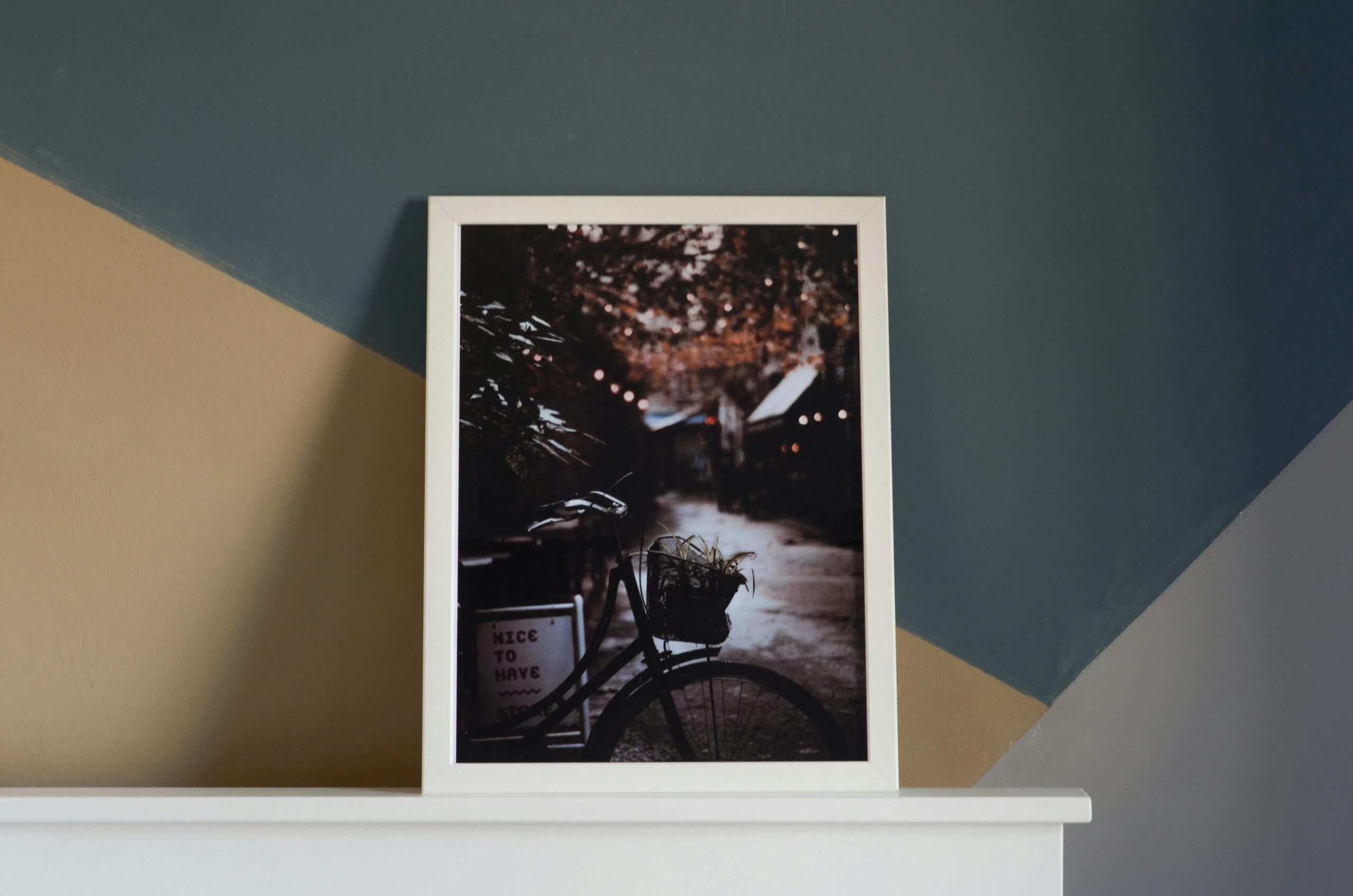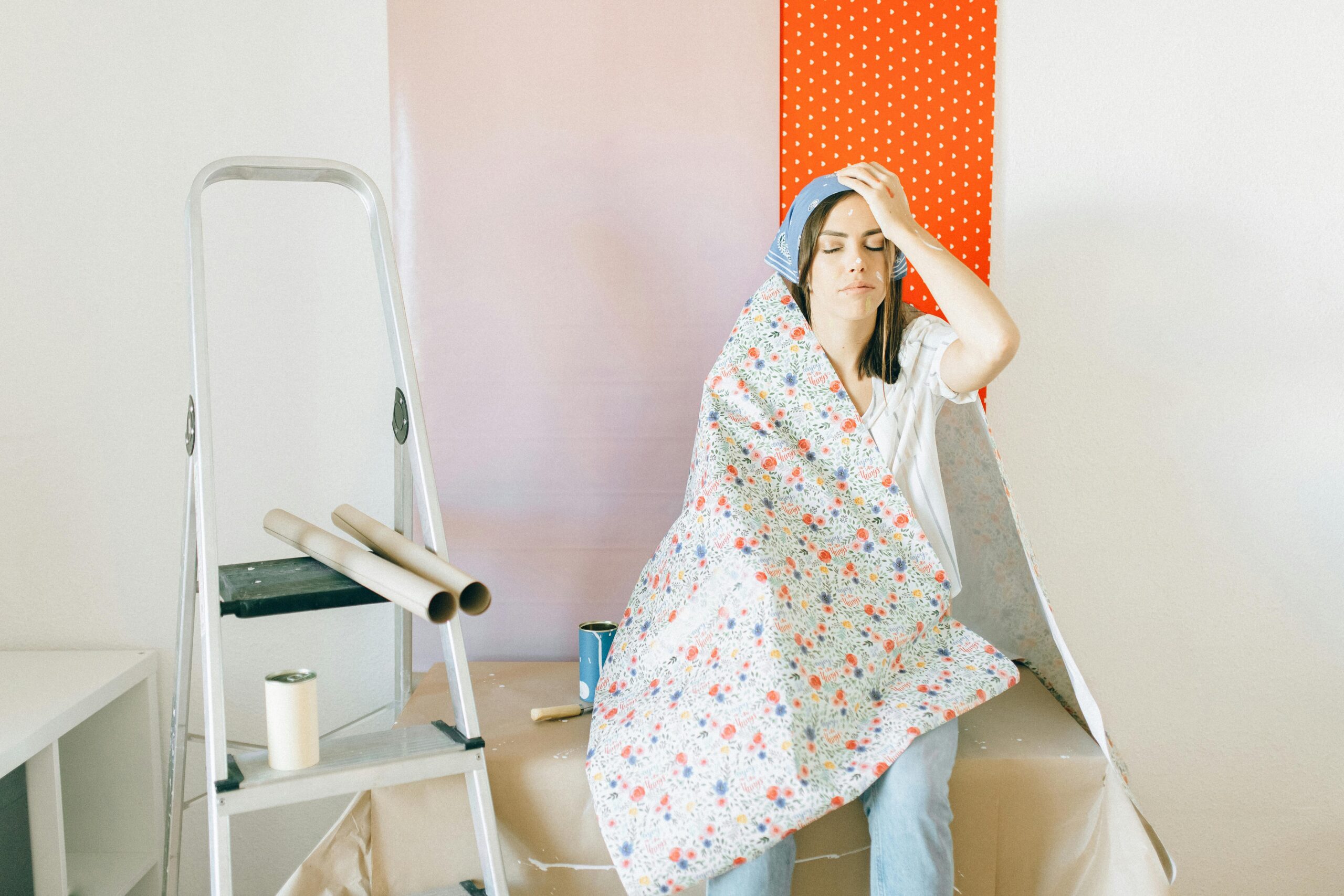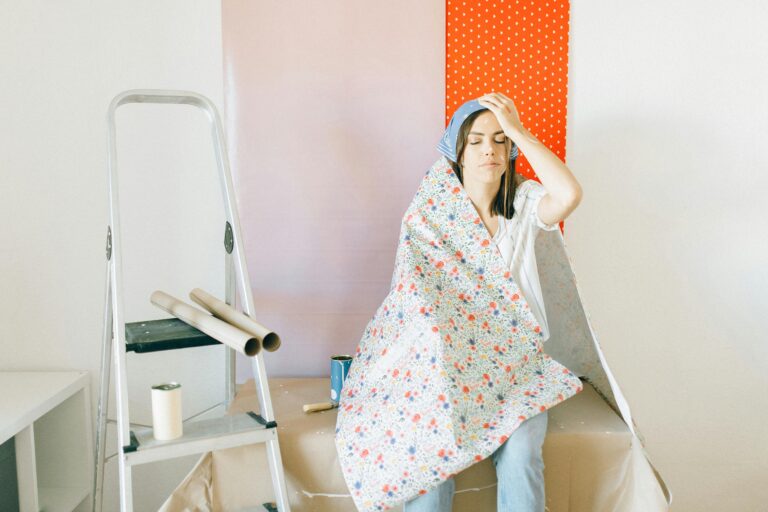
When it comes to giving your walls a makeover, few design choices spark as much debate as wallpaper. Some homeowners see it as a stylish, personality-packed upgrade; others view it as a design gamble or a removal nightmare. If you’re considering whether to use wallpaper in your home, it’s important to weigh its benefits, potential drawbacks, and the many styles and materials available.
Wallpaper isn’t just about floral prints and Victorian parlors anymore. Modern wallpaper comes in countless colors, patterns, and textures, ranging from subtle and minimalist to bold and dramatic. Today’s manufacturing techniques also mean higher quality, easier installation, and even peel-and-stick options that make experimenting far less intimidating.
The Benefits of Wallpaper
1. Endless Design Possibilities
Wallpaper can instantly transform a space by adding color, texture, and visual interest that paint alone can’t always achieve. Whether you want a soft linen texture, a bold geometric print, or a mural-style landscape, there’s a wallpaper for nearly every style and taste.
2. Long-Lasting Finish
High-quality wallpaper can last up to 15 years or more, outlasting a standard paint job, which usually needs refreshing every 3–5 years. This durability makes it a great option for homeowners looking for a long-term design investment.
3. Covers Imperfections
If your walls have minor flaws — small cracks, uneven patches, or blemishes — certain types of wallpaper can disguise them more effectively than paint. Textured or patterned designs can help mask imperfections and create a cleaner, more uniform look.
4. Adds Character and Personality
Wallpaper allows you to infuse your home with personality. It can create a cozy atmosphere in a bedroom, add elegance to a dining room, or bring a playful vibe to a child’s room. It’s a design tool that offers immediate mood-setting power.
5. Peel-and-Stick Options for Easy Changes
For those who like to change their décor often, peel-and-stick wallpaper is a game-changer. It’s easier to install, requires no messy paste, and can be removed without damaging the wall — making it perfect for renters or anyone prone to design restlessness.
The Potential Downsides of Wallpaper
1. Higher Initial Cost
Quality wallpaper and professional installation can be more expensive upfront than painting. While it lasts longer, the initial investment might be a barrier for some homeowners.
2. Installation Challenges
Installing wallpaper requires precision — especially when matching patterns across seams. DIY installation is possible, but a less-than-perfect application can lead to bubbles, misalignment, or peeling edges.
3. Removal Can Be Time-Consuming
Although peel-and-stick wallpaper is easy to remove, traditional pasted wallpaper can be labor-intensive to strip away. Depending on the adhesive and wall condition, removal may involve steaming, scraping, and repairing wall damage afterward.
4. Style Commitment
While wallpaper is long-lasting, its design can also be a drawback if you grow tired of the pattern or if trends change. A bold print you love now might feel outdated in a few years.
Choosing the Right Wallpaper for Your Space
If you decide to use wallpaper, the key to success lies in choosing the right type and design for your space. Here are some factors to consider:
1. Room Function
-
High-Traffic Areas: Choose durable, washable wallpaper for hallways, entryways, and family rooms. Vinyl-coated options are easier to clean.
-
Moisture-Prone Rooms: Bathrooms and kitchens benefit from moisture-resistant wallpaper, such as vinyl or water-resistant coated papers.
-
Low-Traffic Areas: Bedrooms or formal dining rooms can handle more delicate, textured papers.
2. Pattern and Scale
Large patterns make a bold statement but can overwhelm small spaces, while small-scale patterns tend to be more subtle and versatile. Vertical stripes can make ceilings feel taller, while horizontal patterns can widen the appearance of a room.
3. Color Psychology
Consider how different colors affect the mood of a room. Warm tones can make a space feel cozy, while cool tones can make it feel calm and airy. Bold, bright patterns can energize a room but may be too stimulating for spaces meant for relaxation.
4. Accent vs. Full Room
Wallpaper doesn’t have to cover every wall. Using it on just one accent wall can create a focal point without overwhelming the space — and it’s often more budget-friendly.
Modern Wallpaper Trends
Wallpaper trends evolve just like paint colors and furniture styles. Some current popular trends include:
-
Botanical and Nature-Inspired Prints: From tropical leaves to delicate florals, nature themes bring freshness and tranquility indoors.
-
Geometric Patterns: Bold shapes and clean lines work well in modern and contemporary spaces.
-
Textured and 3D Effects: Grasscloth, embossed designs, and faux finishes add tactile appeal.
-
Murals and Panoramic Scenes: Large-scale prints can create immersive environments, from forest landscapes to city skylines.
-
Metallic Accents: Subtle shimmer or bold gold and silver elements add a touch of glamour.
Tips for Installing Wallpaper
If you’re going the DIY route, preparation is key:
-
Prep the Walls – Make sure walls are smooth, clean, and dry. Fill in any holes and sand down rough patches.
-
Measure Carefully – Order extra material to account for pattern matching and mistakes.
-
Use the Right Tools – A smoothing brush, sharp utility knife, level, and paste (if not peel-and-stick) are essential.
-
Start Small – If you’ve never installed wallpaper before, try a small accent wall or powder room before tackling a large space.
-
Work Methodically – Align patterns carefully, smooth out bubbles, and trim excess neatly at the edges.
When Wallpaper Works Best
Wallpaper shines in spaces where you want a big design payoff with relatively little furniture or décor. For example:
-
Entryways and Hallways: Create a welcoming first impression.
-
Dining Rooms: Add elegance and drama for special gatherings.
-
Bedrooms: Make a cozy, personalized retreat.
-
Powder Rooms: Small spaces can handle big, bold patterns without feeling overwhelming.
When You Might Skip Wallpaper
While wallpaper can work in almost any setting, you might skip it if:
-
You plan to sell your home soon and want to keep the décor neutral for buyers.
-
The walls are in poor condition and would require major prep before application.
-
You frequently redecorate and don’t want to commit to one pattern for several years.

Final Verdict: Should You Use Wallpaper?
Wallpaper can be a beautiful, durable, and personality-filled design choice for your home — but it’s not for everyone. If you love bold design, want long-lasting style, and are willing to invest in either quality installation or high-end peel-and-stick options, wallpaper can deliver stunning results.
On the other hand, if you prefer flexibility, low upfront costs, and the ease of repainting, you might stick with paint or use wallpaper selectively as an accent.
Ultimately, the decision comes down to your personal style, budget, and how much design commitment you’re comfortable with. With today’s variety of options, from classic to cutting-edge, there’s a wallpaper solution for nearly every taste and space.





